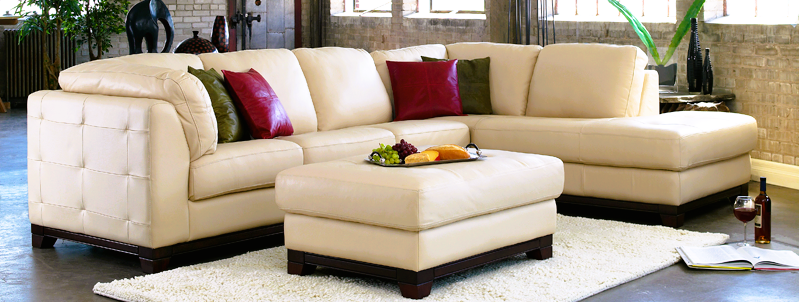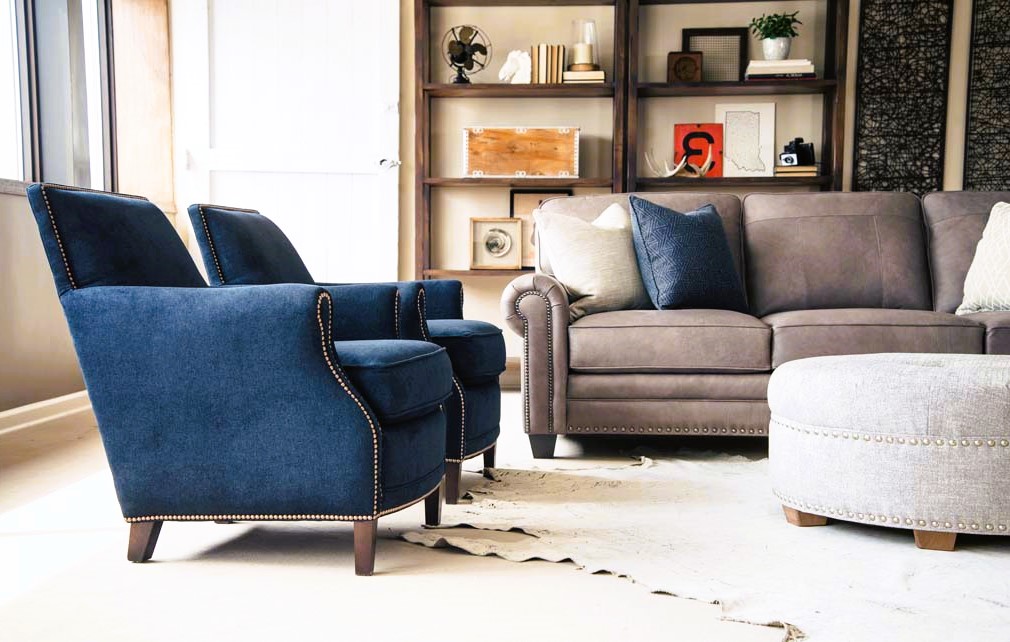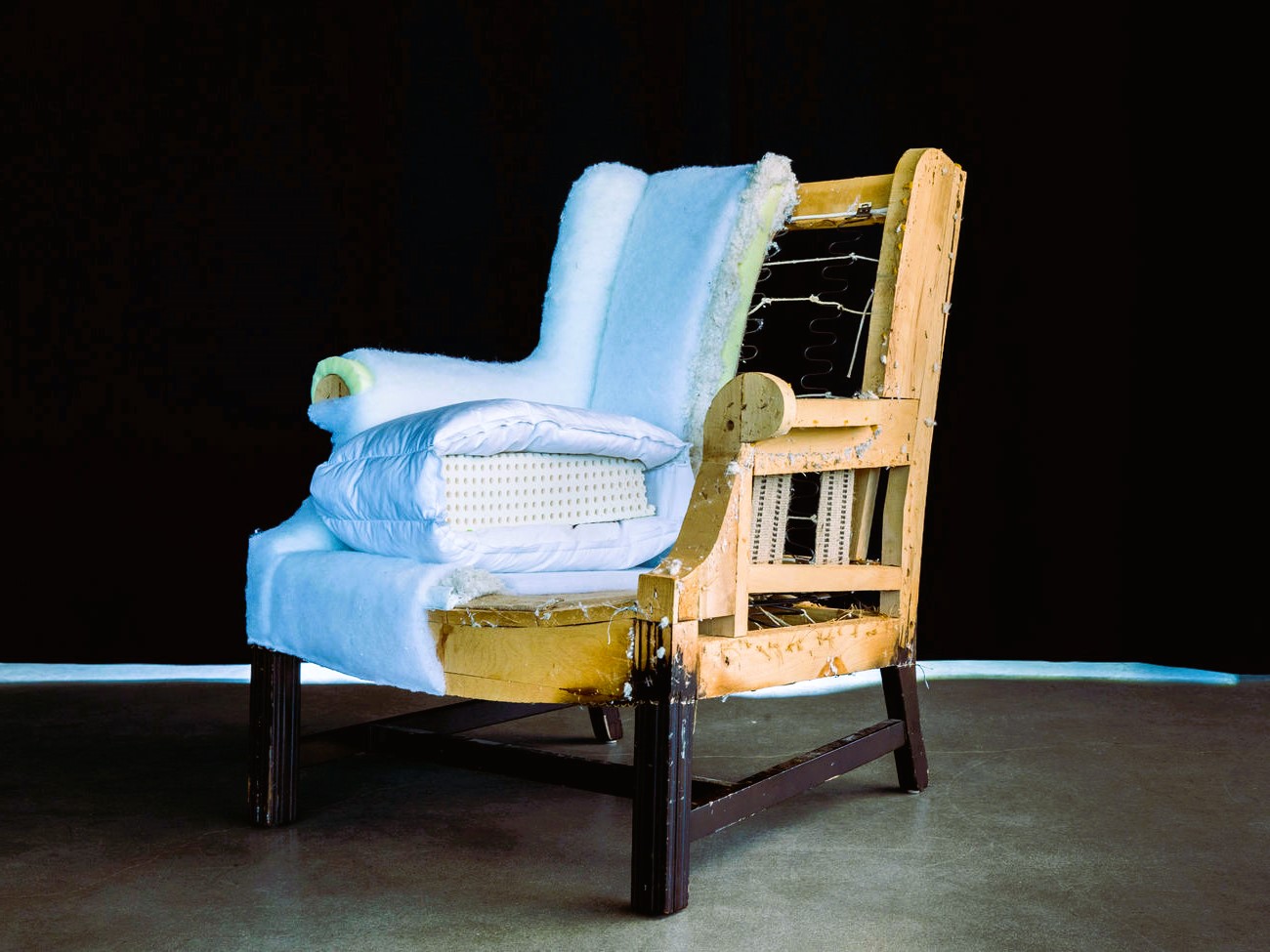Furniture Materials 101: From Leather to Fabric
When it comes to selecting furniture for your home, one of the most crucial factors to consider is the choice of materials. The materials used in furniture not only influence its aesthetics but also affect its durability, comfort, and maintenance requirements. In this comprehensive guide, we’ll delve into some of the most common furniture materials, from classic leather to versatile fabric, helping you make informed decisions when furnishing your living spaces.
1. Leather
Characteristics:
- Luxurious Look: Leather furniture exudes luxury and sophistication. It adds a timeless elegance to any space.
- Durability: High-quality leather is incredibly durable and becomes even more attractive as it ages.
- Comfort: Leather adapts to your body temperature, providing a comfortable seating experience.
- Maintenance: Leather requires regular cleaning and conditioning to maintain its appearance.
Types of Leather:
- Full-Grain Leather: Known for its natural appearance, full-grain leather is often used in high-end furniture. It develops a beautiful patina over time.
- Top-Grain Leather: This type of leather is sanded to remove imperfections, resulting in a more uniform appearance.
- Bonded Leather: Made from leather scraps, bonded leather is less expensive but may not be as durable as other types.
- Faux Leather: Also known as vegan leather, faux leather is synthetic but can mimic the look and feel of genuine leather.

2. Fabric
Characteristics:
- Variety: Fabric offers an extensive range of patterns, colors, and textures, making it highly versatile for different styles.
- Comfort: Fabric upholstery is soft and comfortable, making it an ideal choice for lounging.
- Maintenance: While fabric is prone to staining, many options come with stain-resistant treatments.
- Customization: Fabric can be easily reupholstered, allowing you to update your furniture’s look over time. Read also about the influence of color: choosing spectacular furniture.
Types of Fabric:
- Cotton: Natural and breathable, cotton fabric is soft and comfortable but may wrinkle easily.
- Linen: Linen is a lightweight and durable fabric known for its crisp appearance. It can be prone to wrinkles.
- Polyester: Polyester is a durable and easy-to-clean synthetic fabric that is resistant to staining.
- Velvet: Velvet offers a luxurious and rich texture, making it suitable for elegant and upscale furniture.
3. Wood
Characteristics:
- Timeless Appeal: Wooden furniture has a classic and timeless aesthetic that suits various interior styles.
- Durability: Solid wood furniture is known for its longevity and ability to withstand wear and tear.
- Natural Variations: Wood grains and tones vary, adding unique character to each piece.
- Maintenance: Wooden furniture may require occasional polishing and maintenance to preserve its appearance.
Types of Wood:
- Oak: Oak is a hardwood known for its strength and durability. It can have a natural or stained finish.
- Maple: Maple wood is light in color and has a smooth grain pattern, making it a popular choice for modern furniture.
- Cherry: Cherry wood has a rich, reddish-brown hue and develops a deeper patina over time.
- Walnut: Walnut is a dark wood with a distinctive grain pattern, often used in mid-century modern design.
4. Metal
Characteristics:
- Sleek Design: Metal furniture has a sleek and modern design aesthetic that complements contemporary interiors.
- Durability: Metal is highly durable and resistant to wear, making it suitable for outdoor furniture as well.
- Variety: Metal furniture can be made from various metals, including aluminum, steel, and wrought iron.
- Maintenance: Metal furniture is low-maintenance and easy to clean.

Types of Metal:
- Aluminum: Aluminum is lightweight, corrosion-resistant, and often used for outdoor furniture.
- Steel: Steel is sturdy and can be molded into intricate designs for indoor and outdoor use.
- Wrought Iron: Wrought iron furniture is heavy and durable, featuring ornate and decorative designs.
5. Glass
Characteristics:
- Transparency: Glass furniture adds a sense of openness and transparency to a space.
- Versatility: Glass tables come in various shapes and sizes, making them suitable for different settings.
- Maintenance: Glass is easy to clean but may show fingerprints and smudges.
- Safety: Tempered glass is used for safety, as it shatters into small, less harmful pieces if broken.
Types of Glass:
- Clear Glass: Clear glass tables create a minimalist and airy look, ideal for contemporary spaces.
- Colored Glass: Tinted or colored glass adds a pop of color and can be used to create unique designs.
- Frosted Glass: Frosted glass offers privacy and diffused light, making it suitable for certain applications.
Understanding the characteristics and qualities of each furniture material is essential for making informed choices that align with your style, preferences, and lifestyle. Whether you opt for the classic appeal of leather, the versatility of fabric, the warmth of wood, the sleekness of metal, or the transparency of glass, each material contributes to the overall look and feel of your living spaces.
For more information on furniture standards and regulations in Canada, you can visit the official website of Canada.ca. Understanding safety and quality standards is crucial when selecting furniture materials for your home.

